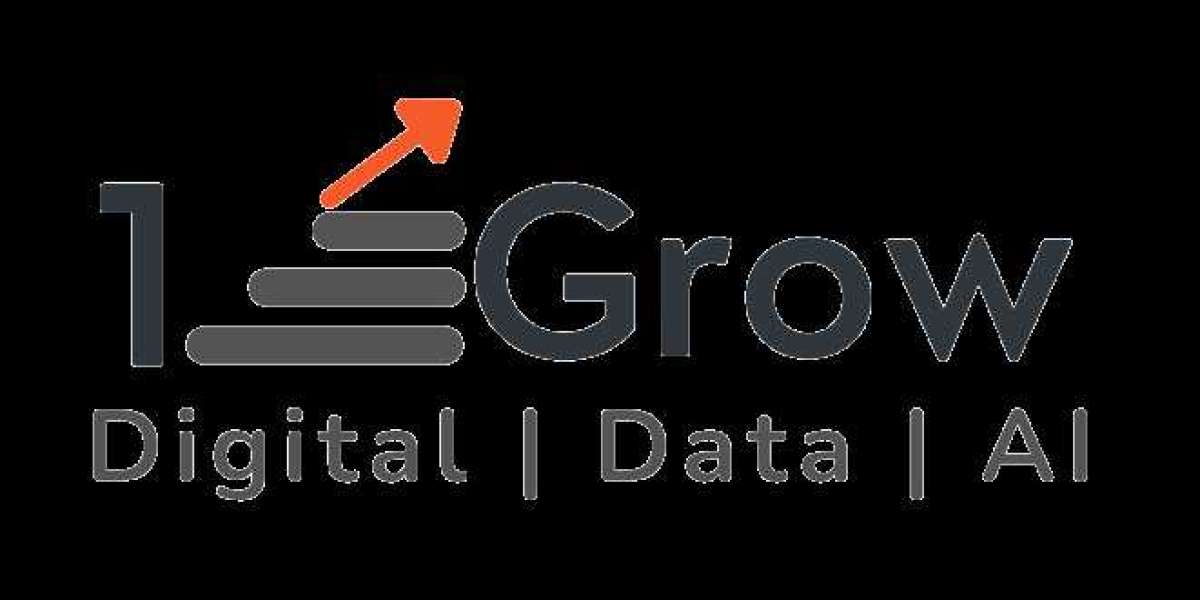The Power of a Data Science Portfolio
A data science portfolio is essentially a collection of projects and work samples that demonstrate your expertise in data analysis, machine learning, and other relevant skills. It serves as tangible evidence of your capabilities and can significantly increase your chances of getting noticed by potential employers. Here's how I created a portfolio that made a difference in my job search:
1. Select Diverse Projects
When building your portfolio, aim to include a variety of projects that highlight different aspects of data science. Choose projects that demonstrate your proficiency in data cleaning, visualization, statistical analysis, and machine learning. Diversifying your portfolio showcases your versatility as a data scientist.
In my portfolio, I included projects ranging from predictive modeling for financial forecasting to sentiment analysis of social media data. This diversity allowed me to demonstrate expertise across various domains and problem-solving scenarios.
2. Clean and Well-Documented Code
Clean and well-documented code is a non-negotiable aspect of your portfolio. Ensure that your code is organized, easy to understand, and follows best practices. Use comments to explain your thought process and the rationale behind your decisions.
When a potential employer reviews your code, they should be able to follow your workflow, understand your approach, and replicate your results. Additionally, providing clear explanations of your code in your portfolio helps you stand out as a thorough and thoughtful data scientist.
3. Visualize Your Insights
Data visualization is a critical skill for data scientists. Create compelling visualizations that effectively communicate your findings. Use tools like Matplotlib, Seaborn, or Plotly in Python to create graphs and charts that are not only informative but also aesthetically pleasing.
In my portfolio, I made sure to include interactive visualizations and insightful data plots. I explained the significance of each visualization and how it contributed to the overall project objectives.
4. Explain Your Process and Insights
Accompany each project with a detailed explanation of your process and the insights you gained. Start with a clear problem statement, outline your approach, and discuss the methodologies and algorithms you used. Highlight any challenges you faced and how you overcame them.
For example, in one of my portfolio projects, I explained how I applied natural language processing techniques to analyze customer reviews and extract actionable insights for a business. I detailed the steps involved in data preprocessing, model selection, and the interpretation of results.
5. Highlight Results and Impact
Quantify the impact of your work wherever possible. Did your predictive model improve accuracy by a significant margin? Did your data analysis lead to cost savings or revenue growth? Highlight these achievements in your portfolio to demonstrate your real-world impact as a data scientist.
In my case, I included metrics that showcased the effectiveness of my models, such as improved prediction accuracy or reduced error rates. I also emphasized how my data-driven recommendations had a positive influence on decision-making in the organizations I worked with.
6. Continuous Learning and Growth
Finally, don't forget to emphasize your commitment to continuous learning and growth. Mention any online courses, certifications, or workshops you've completed to stay updated with the latest tools and techniques in data science.
My portfolio included a section on my ongoing learning journey, showcasing my dedication to staying at the forefront of the field. This demonstrated to potential employers that I was not only skilled but also adaptable to evolving industry trends.
Conclusion
A well-constructed data science portfolio can be your secret weapon in the competitive job market. It not only showcases your technical skills but also your ability to communicate your findings and make a real impact with data. Remember that building an impressive portfolio takes time and effort, but the investment is well worth it. By following the steps outlined above and continuously refining your portfolio, you can increase your chances of landing the data scientist job of your dreams. So, start building, coding, and documenting your way to a successful data science career. Consider enrolling in the Advance Data Science Course by 1stepGrow to take your data science career to the next level. So why wait? Start your journey towards becoming a master of data science today with 1stepGrow. With custom course building, interning with top AI startups to gain real-work experience, and job referrals, 1stepGrow provides a world-class learning journey that can help you achieve your career goals.








